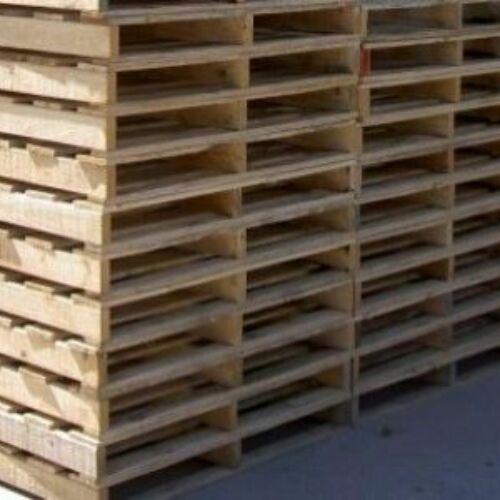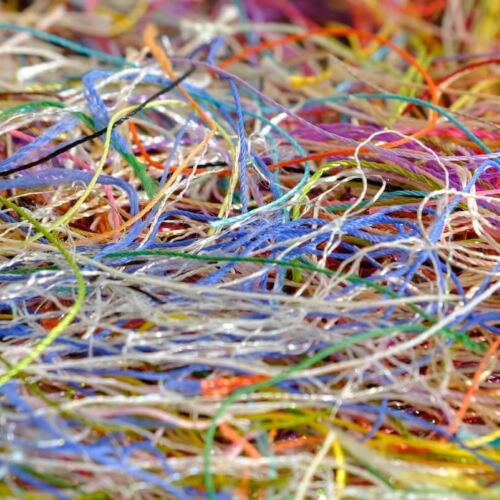Background and circular economy
Starting in 1882 in the USA, and commencing its Australian operation in 1976, Sensient Technologies Corporation is a leading global manufacturer and marketer of colours, flavours, and other specialty ingredients. Sensient uses advanced technologies and robust global supply chain capabilities to develop specialised solutions for food and beverages.
Sensients’ sustainable design of its product falls under circular design to place itself on the circular economy value hill. It demonstrates a progressing level of maturity (14/25) in its circular economy adoption. They are familiar with the rules of circular economy, and aware of the environmental impact. They also monitor environmental indicators, have an environmental management system and have pragmatic and altruistic reasons for limiting environmental impacts.
Drivers for circular economy adoption
Internally the idea to adopt circular economy practices was based on the values of the management team (and employees) and the parent company's push to be circular. External drivers are the values of the customers to gain a competitive edge in the market and various accreditation such as ISO14000.
Circular economy practices adopted
- Energy generation via solar panels
- Reducing material waste
- Reduce packaging material
- Use of sustainably manufactured raw material
- Use of plant-based ingredients over synthetics
- Upcycle botanical surplus into colour
Company changes with the adoption
They have been progressively seeking better quality material, conducting research and development, and employing efficient technology to be more sustainable.
Barriers and challenges
Barriers and challenges include:
- Competing priorities of survival and sustainability
- Lack of recycle options for some residual streams
- Difficulty to find sustainable raw material in Australia
- Suppliers reluctance for circularity
- Lack of supply chain integration and collaboration
- Inconsistent rules and regulations from different government bodies and departments
Critical success factors for circular economy
Critical success factors include:
- Persistence in the circular journey as a long-term strategy
- Buy-in from customers
- Extending circular practices with suppliers, and changing suppliers if they do not comply
- Visibility to the upstream supply chain
Benefits of adopting a circular economy
The key benefit Sensient from adopting the circular economy model is branding value and differentiation from competitors.



